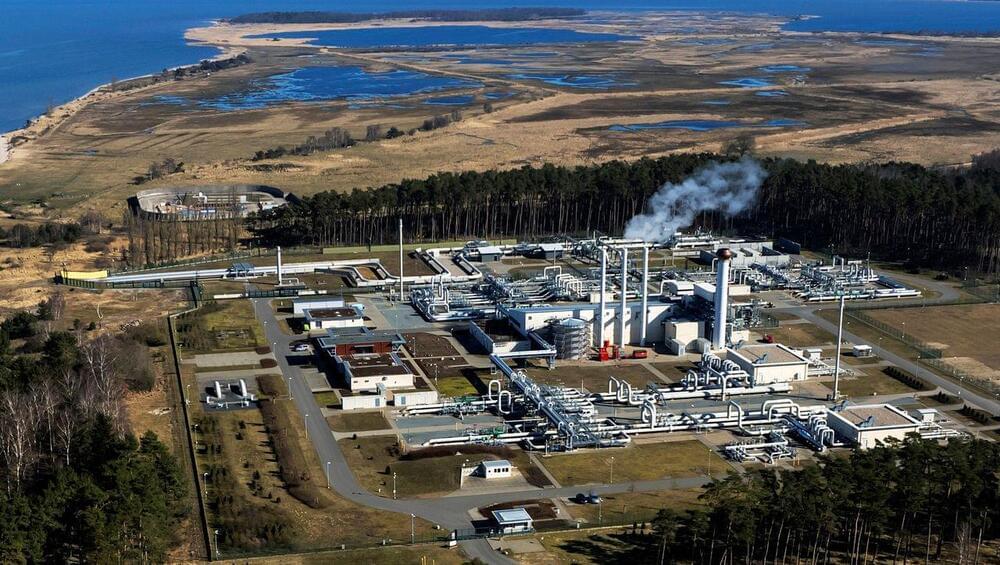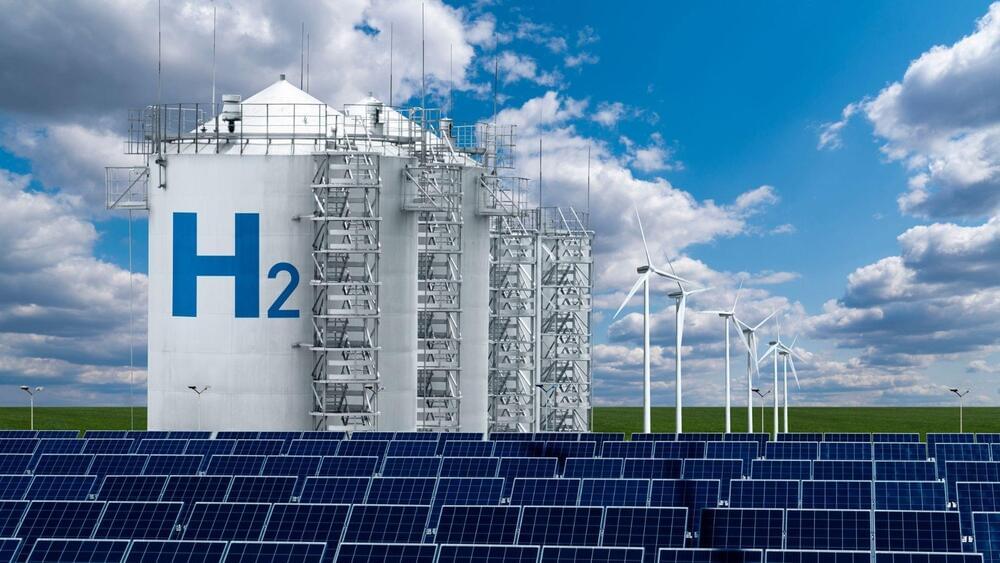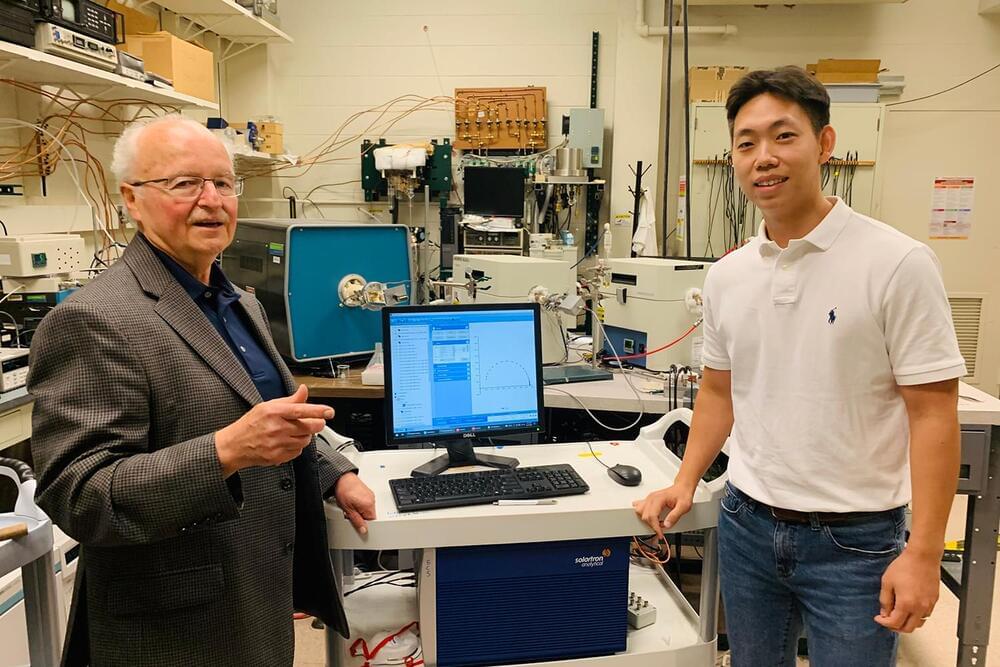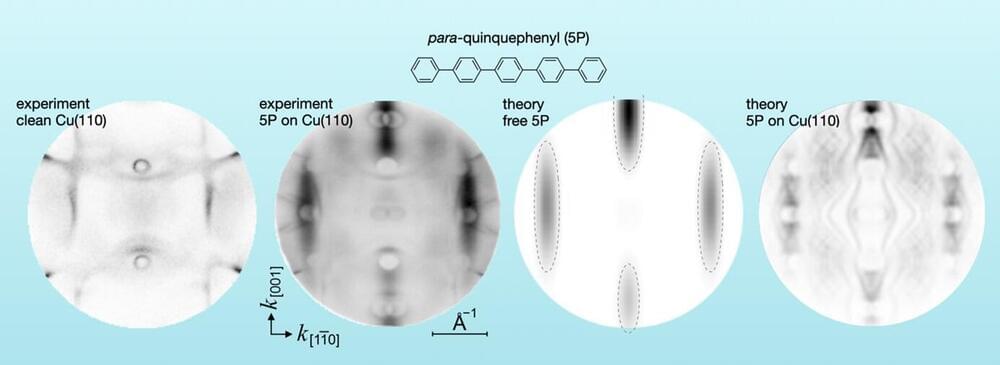On the other hand, ever since Moscow’s invasion of Ukraine in February, Germany has been doing all it can to become independent of gas imports from Russia. The country’s storage facilities are filling up and natural gas consumption, particularly in industry, has dropped significantly. So does that mean that the suspension of deliveries via Nord Stream 1 isn’t such a big deal after all? We have compiled answers to the most important questions.
How badly will German natural gas supplies be affected by the suspension of Nord Stream 1 operations?
The discontinuation of gas deliveries from Russia is certainly a setback for German efforts to fill storage facilities to maximum capacity before the arrival of winter. And drives prices even higher. For the moment, though, no industrial operation or household must be concerned about a sudden suspension of gas supplies. Natural gas demand is rather low for the time being, and plenty of the fuel is being delivered from other countries, though at a much higher price.









